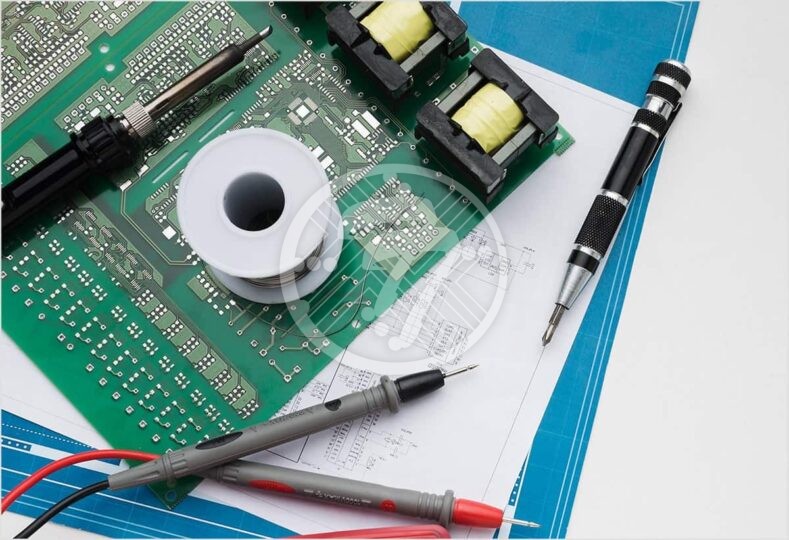Why you need to Optimize Bill of Materials for Rapid PCB Prototyping?

If there is a buzzword when it comes to new product development, it has to be Rapid PCB Prototype. The need to get your product to market in the shortest possible time is pressing, if you need to maintain a competitive advantage. With several stakeholders- manufacturers, suppliers, engineers, designers involved in creating the end product, the one thing that is needed is that everyone speaks the same language. It is only when there is consistency in communication, can the end result be of high quality. This will also ensure that there is no time wasted in to and fro communication, leading to delays.
Effectively, when it comes to Bill of Materials, ensure that your prototyping is indeed “rapid”.
To optimize Bill of Materials for Rapid PCB Prototyping consider following list:
Effectively, what this means is optimizing the Bill of Materials for rapid PCB prototyping. Here is a list of things that you need to follow when it comes to your BOM, to ensure that your prototyping is indeed “rapid”.
Exhaustive and detailed
The thumb rule to follow when it comes to the BOM is to be as exhaustive and detailed as possible. It is always better to over-communicate as opposed to leaving some details ambiguous and therefore open to assumptions and interpretations. Including the minutest details such as the maximum voltage on your capacitors will go a long way in ensuring there is no element of doubt. This way, the manufacturer will be totally up-to-speed on your exact requirements and is likely to deliver the PCB prototype as per your expectations.
Labeling
Now this is another very important aspect of the Bill of Materials. There could be some parts that are absolutely critical to your design, where you will have the exact part number mentioned. However, there could be some parts where you are fine with using any substitute as long as it caters to the broad specifications. There could be some other parts where you would be open to substitutes but would want to approve them before they are implemented. It is absolutely imperative to specify this as far as your labeling goes. By marking this on your BOM or color-coding it, you are ensuring that you get exactly what you want.
Keep a tab on changes
With the BOM being referred to by multiple stakeholders and changes being made to it, it is crucial to keep a tab on these changes. In the absence of a tracking mechanism you will be left wondering why particular changes were made and the kind of implications they may have. What is needed, therefore, is a mechanism whereby changes are tracked. You could have different version documents or revision histories to keep everyone up-to-speed. The efficiency it will bring about cannot be overstated.
What you also have is great documentation, should you want to revise the product at a later date.
Following the above best practices will bring about the following advantages:
The product will be accurate
This is the biggest advantage of optimizing your Bill of Materials; you will get an accurate product. There will, therefore, be no need to correct costly mistakes at a later stage. The BOM will serve as a perfect how-to-guide and bring about a final product that meets your bespoke requirements. Check out the guide on Why Bill of Materials (BOM) is important in PCB Manufacturing process.
What you will also have is a scenario where wastage and errors are avoided. This means optimizing your costs and having a cost-effective product.
Speaking of costs, what the BOM additionally does, is to help you correctly predict the cost of the prototype. With each part listed and specifications mentioned, it is fairly easy for you to determine the exact cost. What you have, therefore is no fear of surprises sprung at you at a later date.
Adherence to timelines
This is the “rapid” bit in the rapid prototyping. With exact specifics of each part and exhaustive communication, what you have is no time wasted on back and forth communication and therefore strict adherence to timelines
To sum up
Once you have a great idea, an imperative step in its execution is to have a robust Bill of Materials in place. With an exhaustive BOM, what you have is not just a document, but a fool-proof method of avoiding errors and misunderstandings that can prove to be costly. With a detailed Bill of Material, you can rest assured that what will get is your desired product, within the timelines that you need it.
We providing high quality and defect free PCB prototyping and assembly as per customer specification. Visit us to know more about our PCB prototyping services and feel free to contact us. Also, you can drop an email to us at [email protected].






